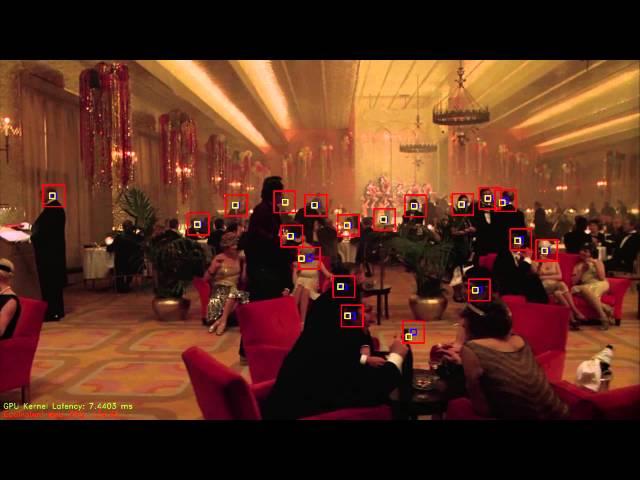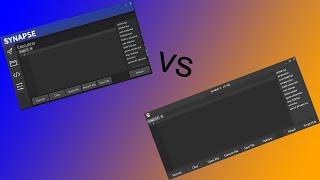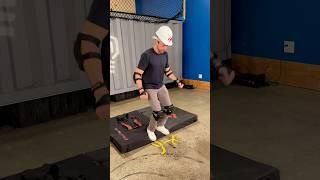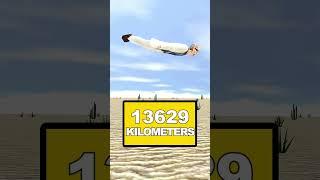
Low-Latency GPU Motion Tracking (C++/CUDA/OpenCV) - Test 2
Test 2 of my GPU-based motion tracking program, on a scene from The Shining. This test used a variable number of keypoints again, but with a fairly large search area. While slower than test 1, the response times were still in the low-order millisecond range, and achieved a better speedup versus the CPU.
Using C++, CUDA, and OpenCV (used for video input/output), I created a motion tracking program that works similar to the h.264 motion vector search algorithm, but is heavily parallelized to run on a graphics card. It runs about 40 times faster for a larger search size (16x16 match area, 64x64 search window) as compared to the serial CPU algorithm.
In the above video, the GPU algorithm managed a worst-case latency of just under 8ms (or over 125 FPS *minimum*), whereas the CPU-based algorithm had a worst-case latency of over 250ms (a mere 4 FPS).
The algorithm works similar to the last video, using thresholds between a reference frame, the last tracking point's location, and the current frame to determine the keypoint's new location (full-search, sum of absolute differences of each pixel).
With a constrained search window of 48x48 with 16x16 reference blocks and 64 keypoints, I can get around 4ms average latency (250 FPS).
Test were run with an Intel i7 2600k @ 4.0 GHz (8GB DDR-1866) and a Nvidia GeForce 560 Ti.
Using C++, CUDA, and OpenCV (used for video input/output), I created a motion tracking program that works similar to the h.264 motion vector search algorithm, but is heavily parallelized to run on a graphics card. It runs about 40 times faster for a larger search size (16x16 match area, 64x64 search window) as compared to the serial CPU algorithm.
In the above video, the GPU algorithm managed a worst-case latency of just under 8ms (or over 125 FPS *minimum*), whereas the CPU-based algorithm had a worst-case latency of over 250ms (a mere 4 FPS).
The algorithm works similar to the last video, using thresholds between a reference frame, the last tracking point's location, and the current frame to determine the keypoint's new location (full-search, sum of absolute differences of each pixel).
With a constrained search window of 48x48 with 16x16 reference blocks and 64 keypoints, I can get around 4ms average latency (250 FPS).
Test were run with an Intel i7 2600k @ 4.0 GHz (8GB DDR-1866) and a Nvidia GeForce 560 Ti.
Тэги:
#motion-tracking #opencv #c++ #cuda #gpu #ComputerКомментарии:
Low-Latency GPU Motion Tracking (C++/CUDA/OpenCV) - Test 2
Brandon Castellano
BoJack's Theme (Full Length)
Patrick Carney - Topic
Я патриот ! канал НАТАЛИИ ИЛЬИНОЙ
Наталия Ильина
How Do You Copy And Paste To Facebook - Full Guide 2025
Fix Your Apps
The Battles: Zeek v Lara 'Lovely' | The Voice Australia 2019
The Voice Australia
synapse blue vs synapse legacy
Simplicity :D
Corsair VIRTUOSO XT Best Wireless Gaming Headphones of 2021?
Gallardo Reviews
video real owner is Farhan edit
Hey Hossain Yt


























